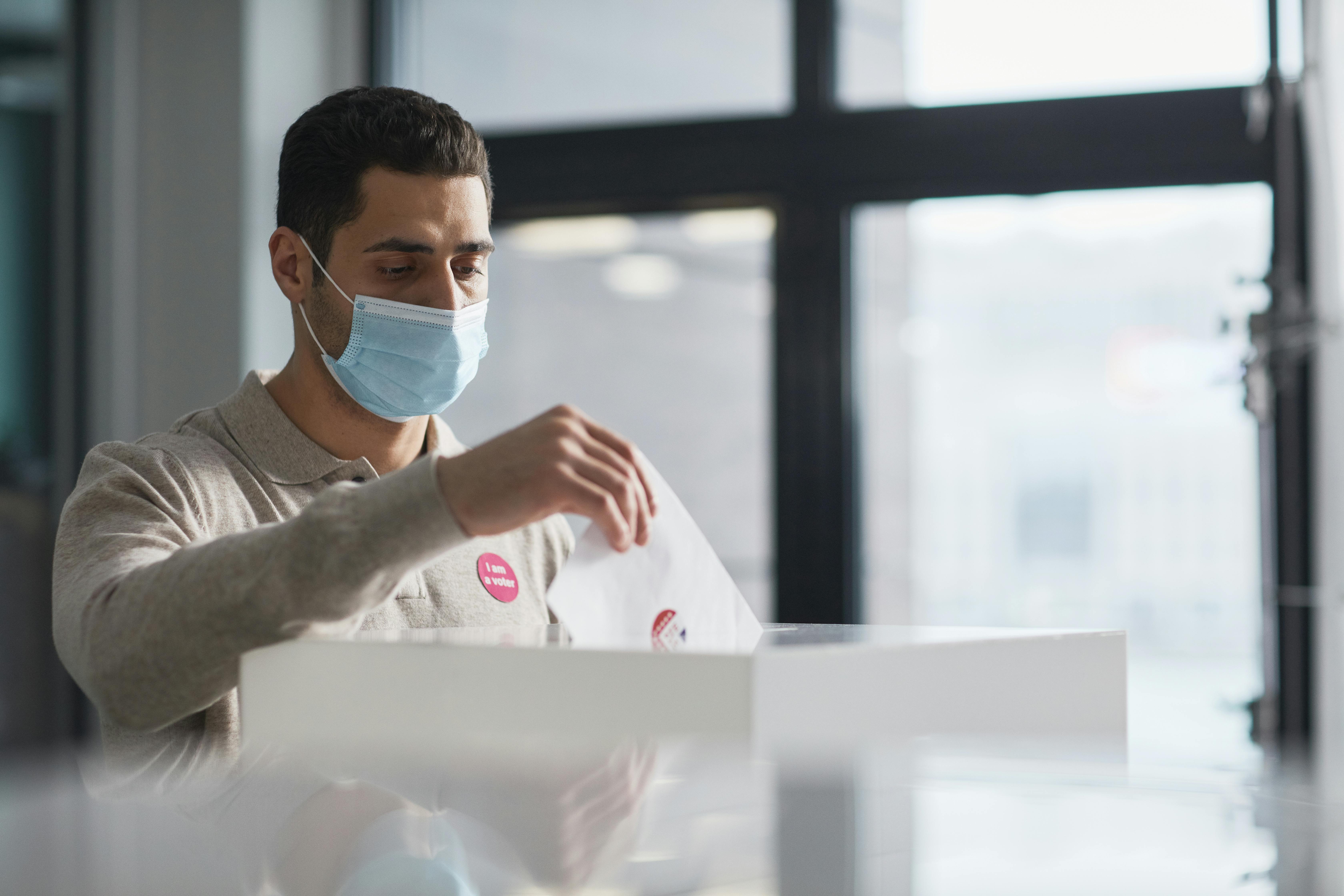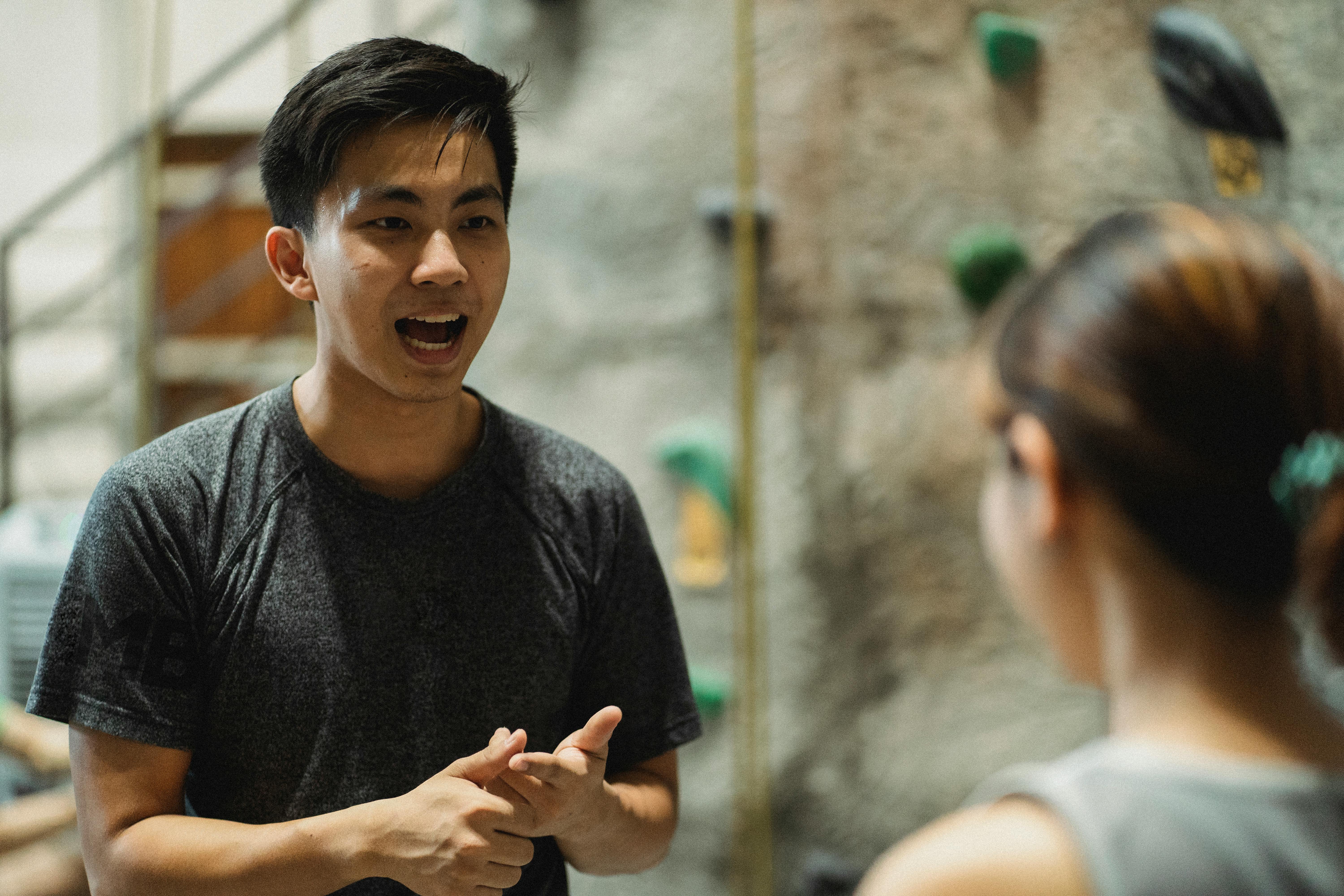My dad fell at church the other day. He said it happened while he was going down the stairs. He felt a stabbing pain in his back shortly before and there was nowhere to sit. As he walked down the step, his leg gave way and he collapsed. Other church members hurried to catch up. He suffers from sciatica and some arthritis. He turned 80 last July. Aging can cause some of this. I think he’s getting addicted to these cortisone shots. He’s had several and always seems to think that’s the cure. Once the effect of the medication wears off, the pain returns. I was talking to him about the importance of exercise and moving. I notice that it doesn’t move as much. Naturally, when we don’t move our body weakens.
I kept thinking, if it’s so hard for my dad to get around without being paralyzed, imagine how much harder it is for the paralyzed? Well, I guess, because I have been. While crossing the street on my way to school almost eighteen years ago, I was hit by a car. My life changed forever. I sustained an L1-L2 spinal cord injury as well as several other injuries. If nerves have the ability to regenerate and muscles can be strengthened, why are people told that they will always use a wheelchair? “Twenty years of human study has shown that the spinal cord has its own sophisticated nervous system that helps it remember how to move,” says Dr. Susan Harkema, a research leader in the field.
Sometimes people turn to alternative options, such as stem cell surgery. But that surgery does not completely solve the problem. This is where they use adult stem cells taken from other parts of the body and implant them into the spinal cord at the site of injury. “The most important thing we have learned is that surgery is not enough. It has to be accompanied by rehabilitation (exercise),” says Dr. Carlos Lima, a neuropathologist with the Lisbon stem cell team.
Ekso Bionics or e-legs are the latest custom-made orthotics to help people walk. Initially these were used for soldiers carrying heavy loads while climbing a hill. Strong legs and backs helped prevent injuries. The problem is that the device weighs 50 pounds due to the metal legs and heavy backrest. With the addition of so much weight, I don’t know how functional it can be, or how much of the day you can spend in them. I imagine not much.
My doctor of eleven years told me that it would be difficult for me to walk with a cane, when I told him that my goal was to at least be mobile and move around with it. She said it was “possible” but not “likely” when I confronted her about why she said that. I told him it was something I thought was very likely. I never accepted his proposal.
Today I am walking almost all day with two crutches on my forearm and practicing with a cane. Something they told me I would never do. It took prayer, lots of exercise, and an everlasting faith.
Some quick tips on how to heal myself:
- daily prayer
- Exercise and Physiotherapy
- Logs (exercise logs can be great)
- Listen to your doctor, but don’t neglect your “own inner doctor.”
Daily prayer is crucial for me. I recommend at least 15 minutes a day to talk to God. Sometimes I read Bible verses and short prayers in the morning. I often talk to him while I’m in the gym on the treadmills, this really helps.
Prayer is the path that connects us with heaven. There is no prayer that is not heard even if they seem unanswered. Trust that God has a plan for you. Even when you can’t make sense of things. In time, the answers will reveal themselves.
Exercise is something you should be doing. at least a few times a week. Find a physical therapist or trainer who can design a safe yet challenging program for you. “Get closer to yourself, know yourself,” writes Dr. Agus in his bestseller, The end of the disease. “It all starts with you.” Oh yeah, and find a PT who believes in you. Mine believes in me, it makes all the difference!
Keeping records is great. An exercise log to track progress, I’ve even kept records on how much percentage of the day I use a wheelchair. Logs are great because they help you see your progress.
LISTEN and RESPECT your doctors, but don’t neglect your “own doctor within.” You know that inner voice. We all have it. The one that sometimes yells at you to turn left or right when you’re lost and driving the wrong way, your intuition. He has something to say.
These are just a few of the ways I improve with SCI. I think they will be useful to you. I think these principles can be applied to more than just spinal cord injury. Heart disease is the number one leading cause of death in the country. Stroke is the third. Cancer is another leading cause. I believe that prayer, exercise and knowing your body can help us all.

